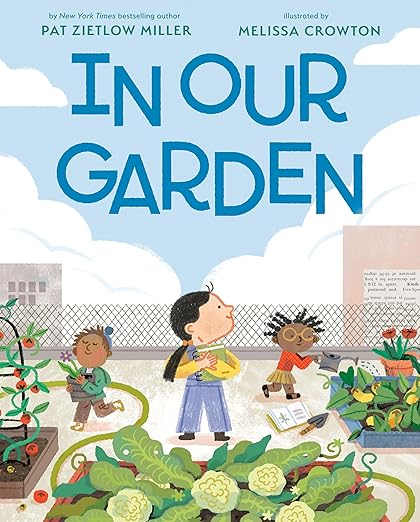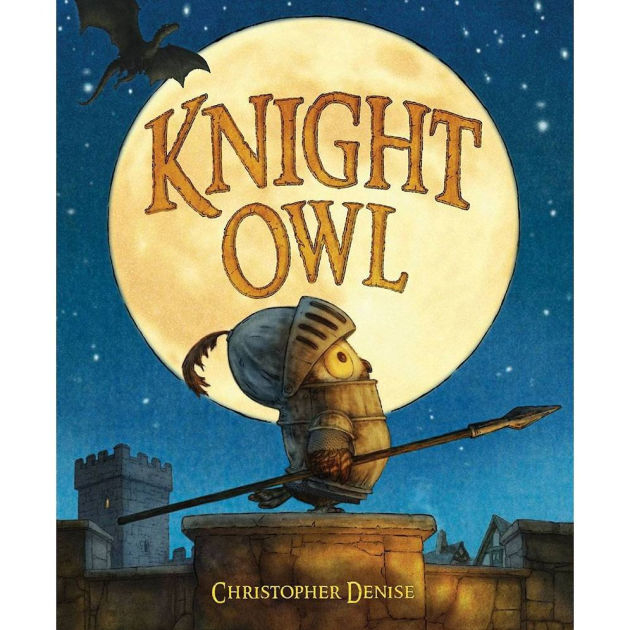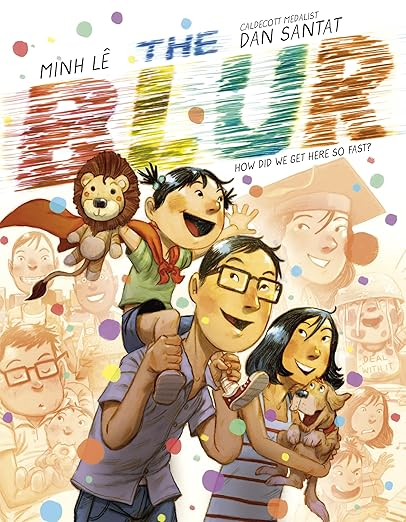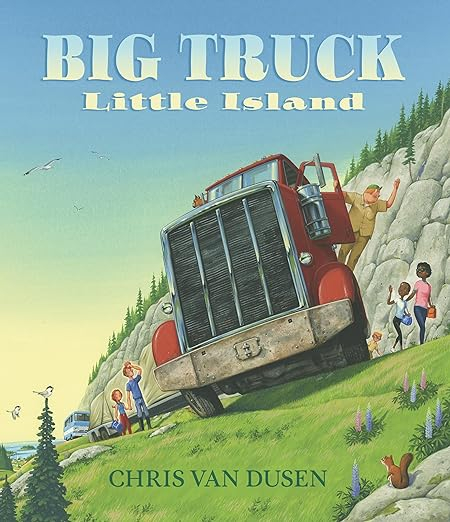Discover how echoing words, ideas, or images adds heart and cohesion.
There’s a certain kind of magic that happens when a picture book loops back on itself—when a word, image, or idea that showed up early in the story returns near the end like a long-lost friend. It doesn’t shout or sparkle. It echoes. And that echo is what makes the story feel whole. That’s the power of motif in picture books.
Motif is often mistaken for repetition, but there’s a difference. Repetition is simply using something more than once. Motif is more intentional. It’s a recurring element—whether a word, phrase, object, image, sound, or idea—that gains meaning through its return. When done well, it builds structure, deepens theme, and ties everything together with emotional resonance.
Motif is the secret ingredient that gives a picture book cohesion and heart. So let’s dig in—what does it look like in action? How can you use it in your own writing? And why does it matter so much to young readers?
What Motif Can Do for Your Picture Book
Children thrive on structure, rhythm, and pattern. A motif gives them all three. But it’s not just about predictability—it’s about payoff. When something comes back with a twist, a shift in meaning, or emotional weight, it helps children understand narrative, feel smart, and make deeper connections.
Motifs also help reinforce theme without preaching. They can guide a character arc, offer comfort, and turn a satisfying ending into a goosebump moment. Let’s look at three recent picture books that harness this power in wildly different ways.
Knight Owl by Christopher Denise (2022)
In Knight Owl, a small but determined owl dreams of becoming a knight. The phrase “whoooo will protect the kingdom?” pops up again and again, building anticipation and gently threading humor throughout the story. But what begins as a rhetorical cry becomes deeply meaningful when Owl himself rises to the challenge—proving that he will protect the kingdom.
Why the motif works:
-
It reinforces the story’s central question.
-
The return of the phrase signals Owl’s growth.
-
Its humorous tone lightens the story while still allowing for heroic payoff.
📚 In Our Garden by Pat Zietlow Miller, illustrated by Melissa Crowton (2023)
This quiet and heartfelt story about a new student adjusting to life in a new country uses the motif of the garden both literally and metaphorically. The garden becomes a place of growth, belonging, and cultural sharing. The word “garden” appears in different contexts—imagined, built, and celebrated—giving the story cohesion and emotional weight.
Why the motif works:
-
The garden is both physical and symbolic.
-
Its repeated appearance marks stages in the protagonist’s journey.
-
It ties personal change to community transformation.
The Blur by Minh Lê, illustrated by Dan Santat (2022)
This ode to childhood zips through time, showing how fast kids grow up. The motif of “the blur” (a nod to how quickly moments pass) is both visual and textual, showing up in whizzing illustrations and the repeated phrase. As the story progresses, “the blur” evolves from comic to poignant—reflecting the shift from toddlerhood to graduation.
Why the motif works:
-
It captures the story’s emotional theme of time’s passage.
-
It creates continuity in a fast-paced, montage-like narrative.
-
It tugs at adult heartstrings without losing kid appeal.
Strategies for Weaving Motif Into Your Story
1. Start with your theme.
What’s your story really about? If it’s about bravery, could a single word, sound, or object represent that bravery? If it’s about connection, could a recurring action (like a hug, a note, or a shared snack) represent it?
2. Choose a motif that evolves.
The most powerful motifs don’t just repeat—they shift. The first time a character sees a flower bloom, it might be a small moment. The third time, it could symbolize something much larger—healing, change, hope.
3. Use motif across both text and art.
Picture books are a marriage of words and images. A visual motif (like a red balloon, a flying feather, or a specific pose) can echo just as powerfully as a written one. Talk to your illustrator (or leave art notes, if you’re not the illustrator) about weaving motif visually.
4. Don’t force it.
Motif is subtle. If you’re hammering it into every page, it becomes clunky. Let it show up at natural beats—beginning, midpoint, and especially at the end for full-circle payoff.
5. Use motif to strengthen your ending.
One of the best places for motif is the final page. A line or image from page one that shows up again—slightly changed—on the last page delivers a sense of closure, growth, and satisfaction. It’s the literary version of tying a bow.
Motif = Memory
Why do some picture books linger in our minds long after we’ve closed the cover? Often, it’s because of motif. That repeated element creates rhythm. Meaning. Emotional impact. It gives the story a pulse that children (and adults) can feel.
Whether you’re writing a rollicking comedy, a tender family story, or something in between, consider the heartbeat of your book. What can echo and evolve to make your story sing?
Motif Magic Quick Tips:
-
Pick one repeating element that represents your story’s emotional core.
-
Let it show up early, echo in the middle, and transform at the end.
-
Match visual and verbal motifs for maximum effect.
-
Don’t overuse—just enough to leave a whisper behind.
-
Use motif to help theme and character arc shine.
The next time you’re revising a picture book manuscript, ask: What can I repeat that matters more each time? That’s the secret to motif—and the secret to a story that sticks.
Because when done right, a motif doesn’t just repeat. It resonates.







